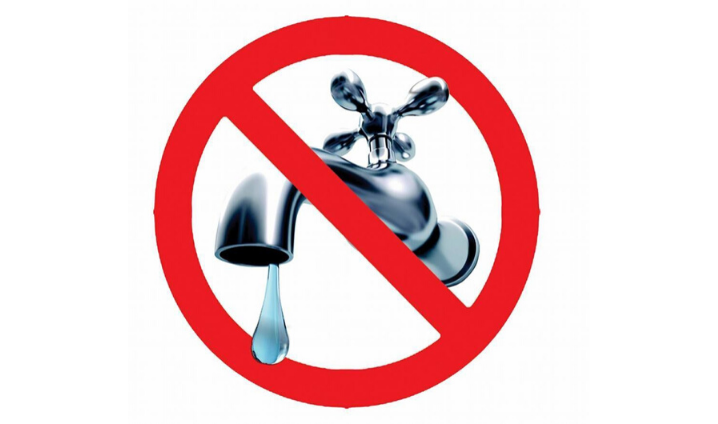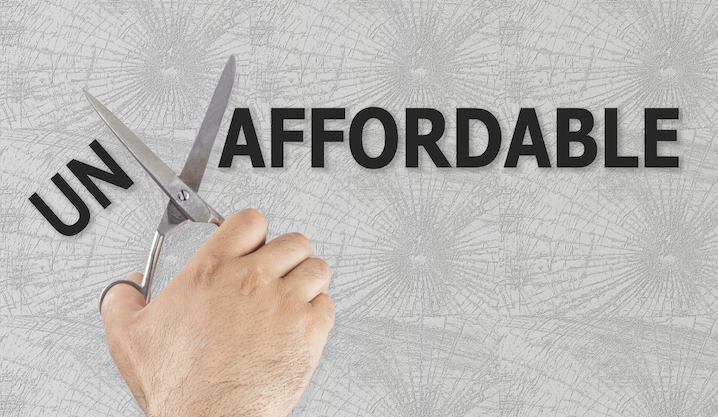Smart Earth Technologies (SET) was founded over 10 years ago to bring a new approach to utility management in the water industry. Over those years the company built some great tech, licensed its platform to the world's largest water companies, and sold portions of its platform to other technology players in the water space. SET then remade itself and pioneered the development of a wirelessly controlled water valve which is now deployed across tens of thousands of customer accounts around the world. The company has partnered with some of the largest meter manufacturers in the world who recognize the power of our Remote Smart Valve and how it can help them open new markets for their core meter products.
And now, SET is doing it again. Call it the third wave. But this time is different. With more than a decade of experience building software and hardware solutions for a wide variety of utility management needs, SET has identified an untapped need in the water industry.
Every water supplier has a single top priority which will never really change. Water utilities must provide clean and reliable water services to their customers. This commitment is built into the cultural fabric of every supplier and is a key part of the public trust that we all put in our local utility. If the organizations responsible for delivering the most critical life sustaining resource fails at their mission, our communities unravel. It is not an exaggeration to state that the fate of our society is in the collective hands of our local water providers.
Since water providers in the United States have done such a phenomenal job at performing this service for decades nearly every end-use customer takes safe and reliable water services for granted.
But there is a second critical process that every water supplier needs to regularly execute in order to sustain their primary operations. This is the process of accurately reading each customer meter, generating a bill, and collecting revenue to pay for operations and to invest in infrastructure for future growth. These steps are generally referred to as the meter-to-cash process and are the lifeblood of any water utility.
So, what has SET identified as the opportunity to provide value to water suppliers throughout the meter-to-cash process? An integrated end-to-end solution is the simple answer. We have repeatedly heard from our utility customers that they find it difficult to integrate disparate systems from meter data management, to billing, to electronic payments since every vendor in this ecosystem has different data interfaces, business models, and economic incentives. The result is a patchwork of licensed software, manual data transfers, and cloud services. This is compounded by the lack of a single point of contact to solve problems that inevitably arise when data flows from meter registers don’t match the expectations of utility staff or their customers.
Part of the reason for this situation is the nature of the businesses that provide the various components of the meter-to-cash system. Meter vendors, who are historically responsible for delivering consumption data for bill generation, have little domain expertise with billing software and even less knowledge of the complexities and data risks of collecting revenue electronically. Vendors of Customer Information Systems aim to become the system of record for all customer data and often leverage their positions to extract value from other vendors in the ecosystem who wish to gain access to this data. This puts the CIS vendors somewhat at odds with AMI technology partners and the electronic payment providers who’s primary business model is charging convenience fees to customers who wish to pay their water bills electronically.
Finally, there is a lack of standardization in the data exchange protocols used by these various vendors, creating more work for all the parties trying to integrate utility information across multiple systems. CIS vendors don’t get to charge more for exporting data in proprietary formats to payment vendors, and payment vendors can’t charge higher convenience fees for performing custom integration work required by their utility customers. As a result, these various vendors have inherent disincentives to work closely together in service of their joint customers, creating headaches as well as technical and economic inefficiencies for water utility management.
Only by looking at the entire end-to-end process of collecting and cleaning meter data, generating accurate bills, and collecting payments from customers in the most efficient manner possible does a path to lower costs, higher efficiency, and most importantly, accountability, become clear. SET has been listening to our customers concerns for years and we sympathize with the challenges they face in performing this critical process.
Due to our meter neutral approach to data collection, our expertise in data management and control, and our deep roots in software development, we have been able to plot a path to a better, unified solution for our utility customers. SET now delivers an integrated, end-to-end solution that addresses all of the legacy challenges faced by water utility managers. In doing so, we have effectively removed the inherent conflicts of interest that have plagued our industry for so many decades.
To be clear, we are not under the illusion that we have solved all of the problems that water utility managers face. But we do believe we have a new approach, a fresh business model, and the requisite technological experience to help create a more efficient and cost-effective meter-to-cash process. By doing so, we help free up the limited resources that utilities spend on their second most important activity, so they may spend even more time and effort on their most important priority: Providing all of us with the most important, life sustaining resource on the planet earth.






